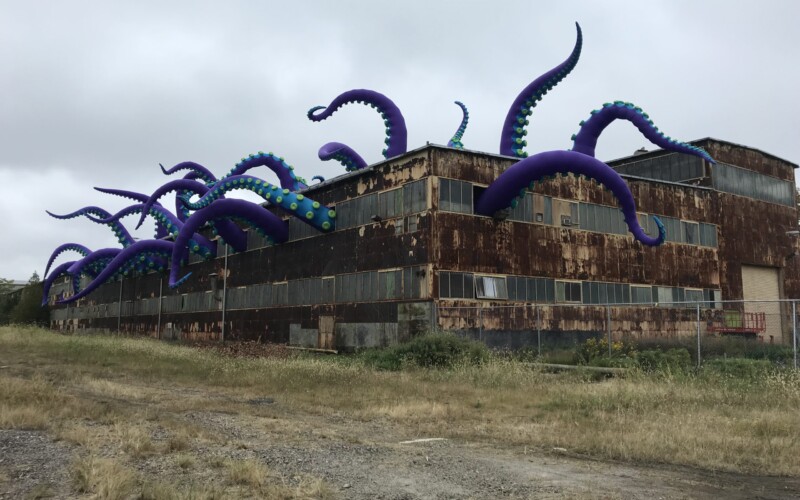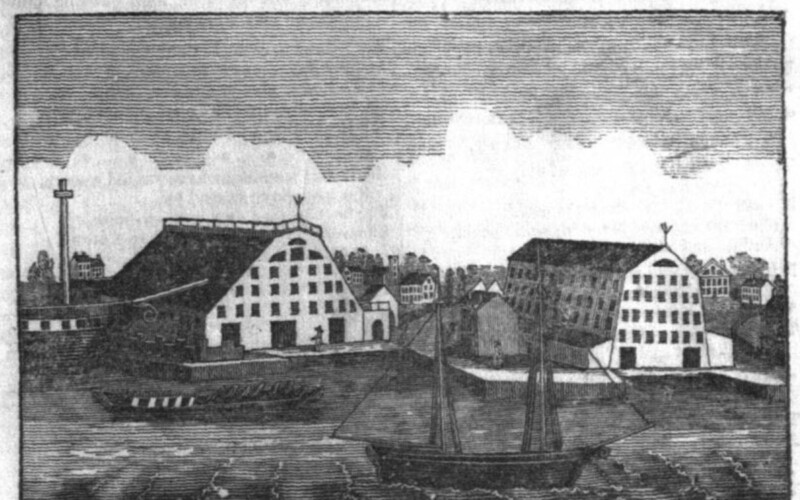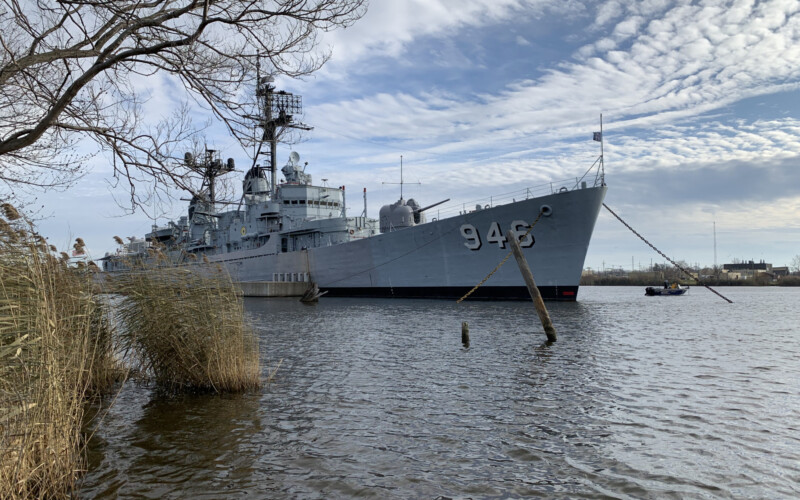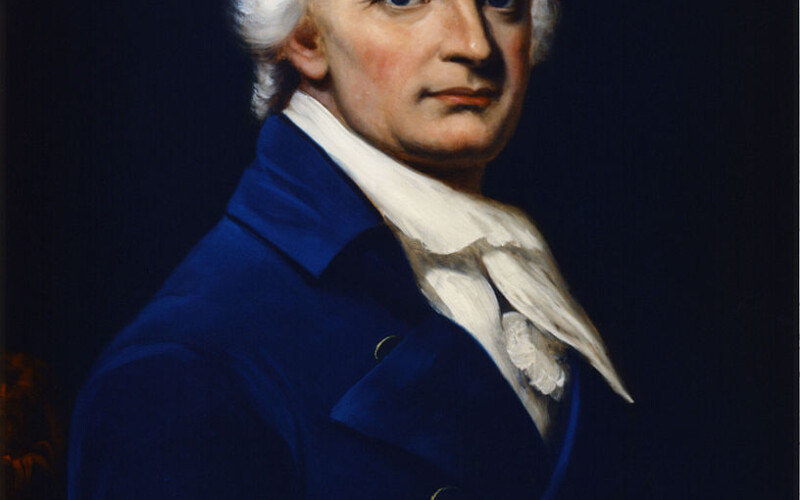We have experience hosting a range of audiences, from college classes to birthday parties to company outings, and we customize our tours to meet your group’s interests and needs.
Book a private tour today
At the dawn of the nineteenth century, the US Navy established six naval shipyards to build, repair, and outfit the fleet. From the “original six”—Boston, Brooklyn, Philadelphia, Portsmouth, Norfolk, and …
Read more

After nearly 12 years of leading tours at the Brooklyn Navy Yard, one of the most difficult questions we get – and almost always from young people – is this: …
Read more

On a quiet stretch of the Saginaw River just outside Bay City, Michigan, the USS Edson sits as a tribute to America’s Cold War destroyer fleet. Built at Maine’s Bath …
Read more

Two hundred and thirteen years ago today, the Brooklyn Navy Yard was founded, the last of the six original shipyards established by the US Navy. Today we celebrate the yard’s …
Read more
